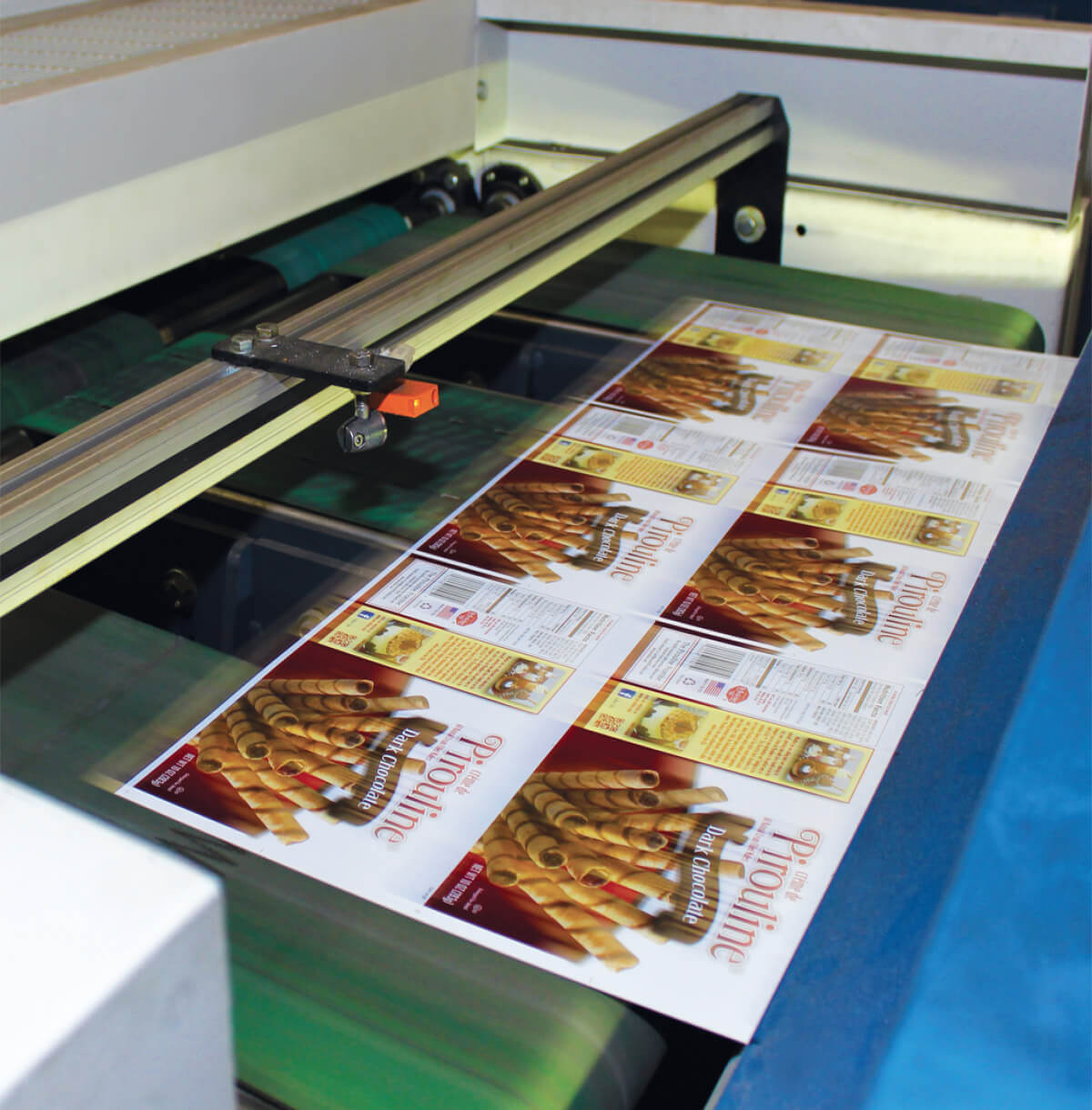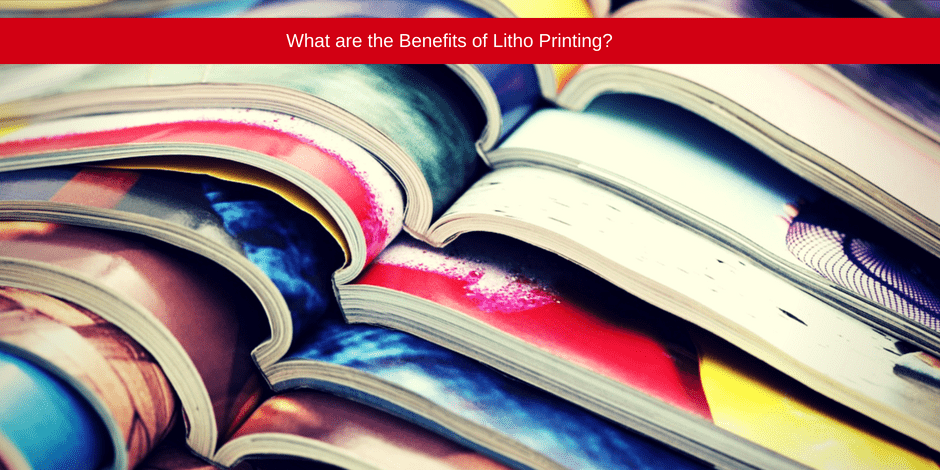Premium litho printing Services for Exceptional Results
Premium litho printing Services for Exceptional Results
Blog Article
A Comprehensive Guide to Understanding Litho Printing Strategies
The globe of litho printing, a method originating from the late 18th century, is an interesting mix of history, science, art and innovation. This extensive guide will decipher the complexities of this printing technique, from the structure of litho inks to the challenges dealt with in contemporary applications. As we venture into the complexities of lithography, the importance of automation and sustainability in guaranteeing its future relevance ends up being increasingly clear. Remain with us as we journey into the captivating world of litho printing.
The Historical Development of Litho Printing
The historical trajectory of litho printing, a crucial development in the realm of interaction, is an exciting tale of human resourcefulness. Birthed in the late 18th century by Alois Senefelder, this technique was originally an affordable approach of publishing staged jobs. Lithography, obtained from the Greek words for 'stone' and 'to compose', utilized a smooth rock surface to move photos onto paper. The process progressed with the development of the rotating press, which greatly increased productivity (litho printing). In the 20th century, the technology of countered lithography revolutionized the industry, enabling automation of top quality prints. Each phase of litho printing's advancement showcases mankind's unrelenting quest of performance and quality in visual interaction.
Deciphering the Science Behind Litho Printing Inks
Progressing in the expedition of litho printing techniques, the focus now changes to the science behind litho printing inks. The make-up of these inks, their drying process, and color mixing methods develop the foundation of this complicated art form. Recognizing these elements is crucial to mastering the craft and attaining the wanted print outcomes.
Structure of Litho Inks
In lithographic printing, the fundamental role of litho inks can not be overemphasized. Pigments, the color-providing aspects, are finely ground bits suspended in the vehicle, a liquid that carries the pigment onto the printing surface area. Each element plays an important component in the final print's quality, making the exact formula of litho inks an intricate scientific research.
Ink Drying Process
From the structure of litho inks, attention turns to the interesting process of ink drying. 2 key techniques are used in litho printing: oxidative drying out and absorption. Absorption, on the other hand, entails the ink seeping into the paper fibers, which is a much faster process but can lead to less dynamic shades.
Color Combining Strategies
While the drying out procedure plays a vital function in litho printing, the scientific research of color blending methods holds equal relevance. This is an intricate process that involves the careful mixing of primaries: cyan, magenta, and yellow, in differing percentages to accomplish a broad range of tones. The enhancement of black ink, referred to as 'crucial', aids in managing the intensity and depth of the shades. The science behind litho printing inks also takes into consideration the transparency of the ink, which impacts how colors overlay and mix. To achieve a reliable color mix, print professionals should likewise understand the Recommended Reading ins and outs of ink behavior, shade theory, and the physical buildings of the substratum on which the ink is applied.
The Art and Design Elements in Litho Printing
Litho printing breathes life into art and design with its distinct elements. The process entails producing an image on a lithographic limestone plate or steel plate with a smooth surface. The photo is after that printed onto a tool, typically paper, by transferring the ink from home plate. What sets litho publishing apart is its capacity to replicate elaborate styles with high integrity, making the result virtually similar to the original art work. This is attained through making use of various line strategies such as hatching, stippling, and cross-hatching, which enable for a variety of tonal impacts. In addition, litho printing suits a variety of shades, allowing musicians to develop vibrant and vivid prints. This mix of precision and versatility makes litho printing a preferred choice for several artists and designers.
Modern Applications of Litho Printing Strategies
Litho printing techniques have actually found comprehensive usage in the contemporary industrial market. Its influence and relevance remain to grow with the arrival of brand-new innovations and technologies in the area. This area will certainly discover these contemporary applications and the transformative duty they play in the printing industry.
Commercial Litho Printing Makes Use Of
Litho printing remains an important part of the business market. High-volume printing tasks, such as the their explanation production of books, newspapers, and packaging, rely on litho printing for its capacity to provide remarkable photo top quality and expense performance. Litho printing additionally supplies a wide color range, remarkable to that of digital printing.
Innovations in Litho Printing
Pushing the borders of traditional techniques, modern-day developments have actually fueled a host of technologies in litho printing. These innovations have not just improved the top quality and efficiency of litho prints but likewise expanded its application extent. One famous development is electronic litho printing, which combines the merits of digital innovation with litho's premium result. This crossbreed design provides faster configuration times, decreased waste, and makes it possible for on-demand printing. Another significant innovation is the intro of eco pleasant inks. These inks, made from vegetable or soy-based options, have substantially lowered the market's ecological influence. litho printing. In addition, the growth of innovative plate modern technology has streamlined the printing procedure, leading to sharper photos and enhanced shade fidelity. These technologies emphasize the enduring relevance of litho printing in the modern globe.
Checking out the Refine of Litho Printing: Step by Action

Obstacles and Solutions in Contemporary Litho Printing

Regardless of the precision and custom that litho printing proudly promotes, it is not without its set of modern obstacles. Digital litho printing allows for affordable short runs and very easy modification, resolving the issue of variable data. Hence, while there are challenges, the litho printing industry is proactively adapting to meet them head-on, guaranteeing its importance in the future.
Conclusion
To conclude, litho printing, with its rich background and scientific ins and outs, holds a substantial location in the print industry. As the overview reveals, it's a synthesis of art and innovation, with modern-day improvements ensuring its importance. The industry encounters difficulties that call for innovative navigate to this site services, with a focus on automation and sustainability. The future of litho printing depends upon its ability to adjust to these altering demands, verifying its enduring worth in a developing market.

Report this page